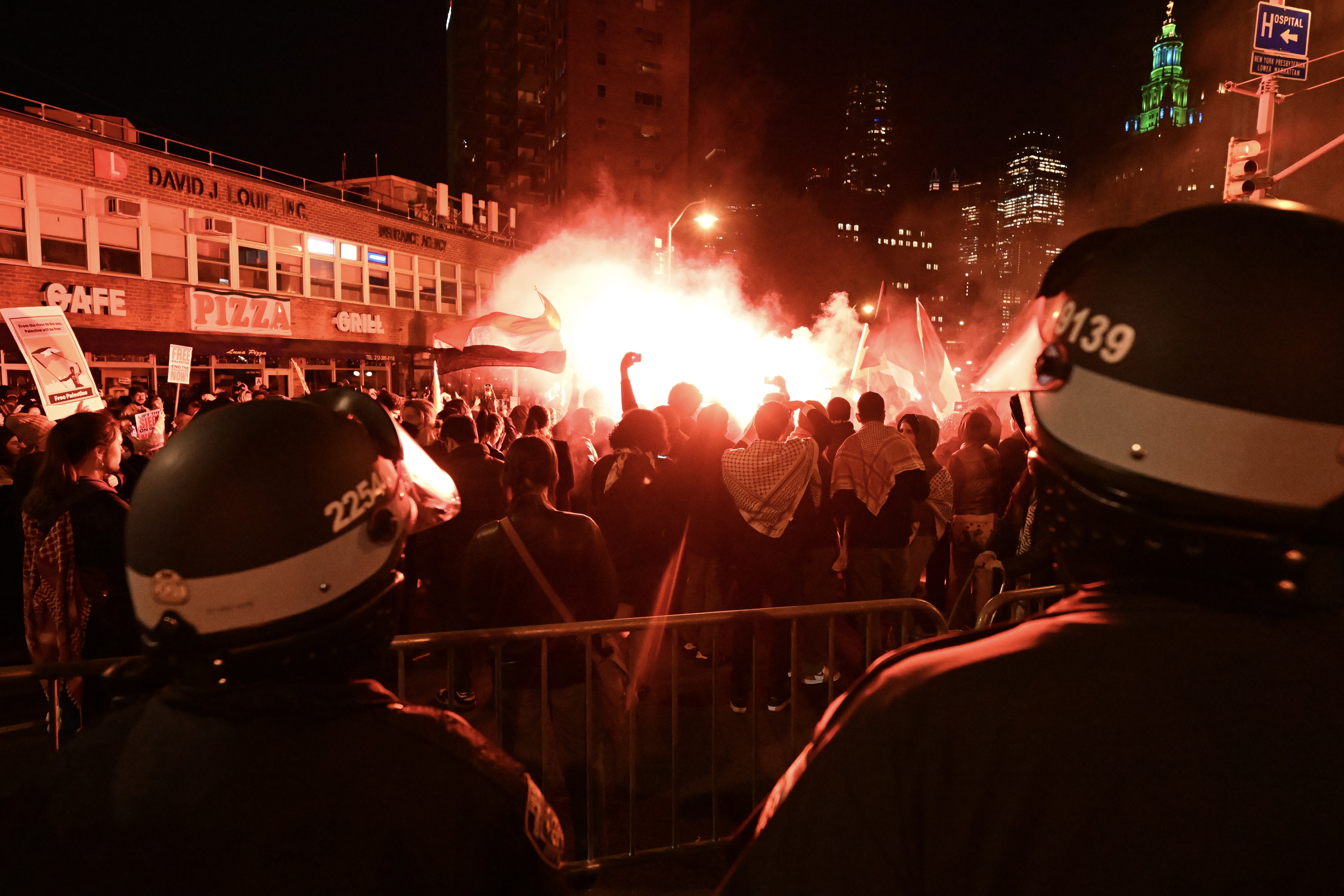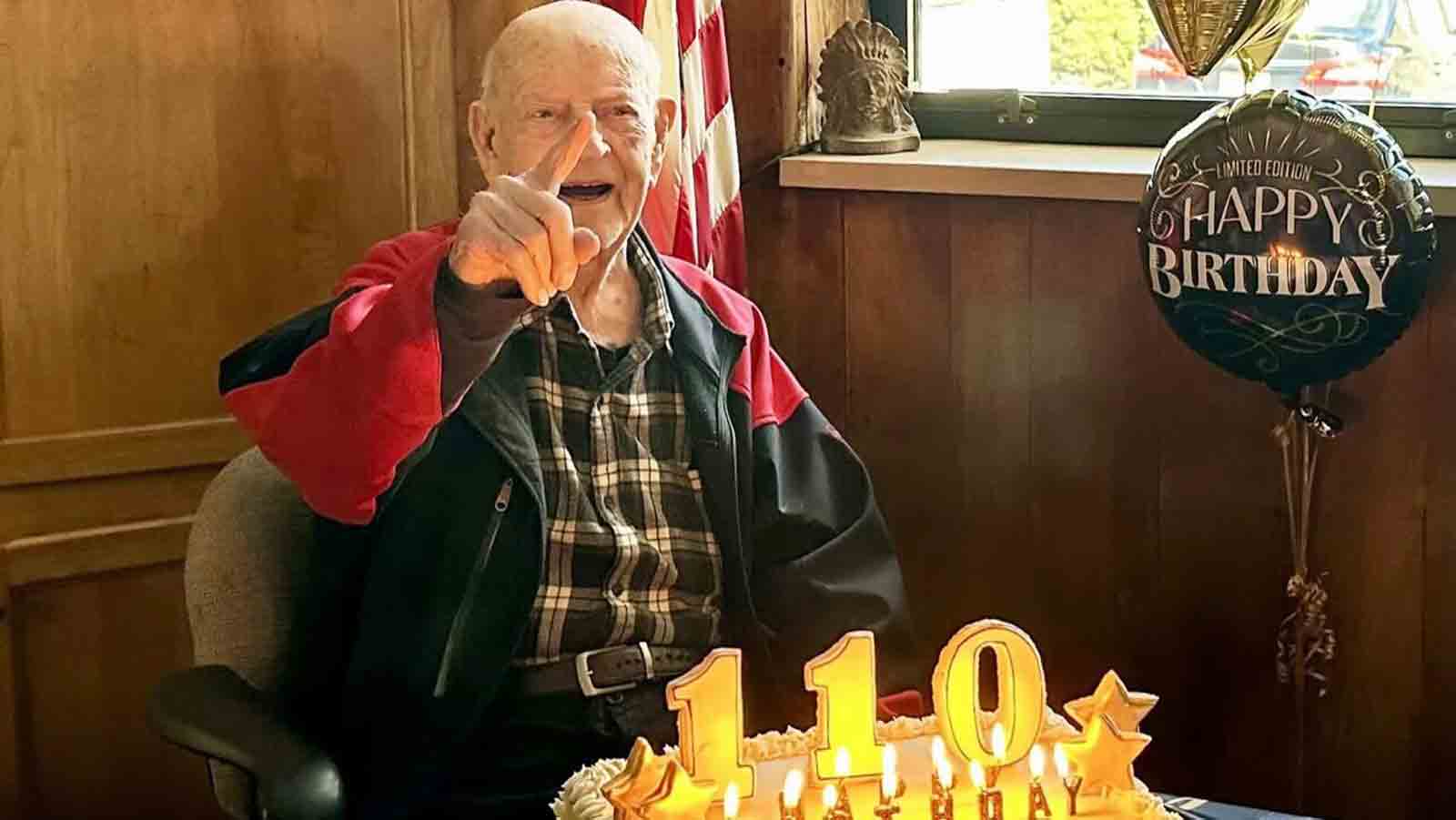What to Know
- NYC is eyeing new shutdowns for the first time in months to try to contain new clusters; in some parts, positivity rates have hit 6 percent
- The largest cluster of four neighborhoods has been dubbed "The Ocean Parkway Cluster;" if no progress is made on positivity rates by Monday evening, non-essential businesses could be closed along with day cares
- One of NYC's largest high schools told parents on Saturday classes would go to virtual instruction due to lack of teachers days before they were set to resume
More than 1,000 New Yorkers tested positive for COVID-19 in a single day, marking the first time since June 5 the state has seen a daily number that high.
The number of positive tests reported daily in the state has been steadily inching up in recent weeks, a trend possibly related to increasing numbers of businesses reopening, college campuses reopening and children returning to school. Gov. Andrew Cuomo announced Saturday there were 1,005 positive cases tallied on the previous day, Friday, out of 99,953 tests, for a 1% positive rate.
From late July through the start of September the state was seeing an average of around 660 people test positive per day. In the seven-day period that ended Friday, the state had averaged 817 positive tests per day.
Get Tri-state area news and weather forecasts to your inbox. Sign up for NBC New York newsletters.
Cuomo aide Gareth Rhodes stressed Saturday that the new positive-case number came out of nearly 100,000 tests, compared to about 60,000 tests daily in June.
“Is there cause for concern? As long as COVID is here, yes,” Rhodes posted on Twitter, noting that certain ZIP codes in Brooklyn and the lower Hudson Valley have seen increases in new cases and hospital admissions. "Key is ensuring these clusters don’t spread into neighboring/other ZIPs.”
Rhodes also noted improving numbers among college-aged people, suggesting better compliance on campuses.
Local
That number of daily positive tests in a state of more than 19 million people still puts New York in a much better position than many other states. Florida, for instance, reported 2,795 new confirmed cases of COVID-19.
And New York is in a far better situation than in April, when the number of positive tests per day routinely topped 9,000, even though tests then were hard to get and people were being encouraged not to seek one unless they were gravely ill.
Still, the uptick has been a cause for concern. In New York City, health officials have sounded alarms about a rising number of cases in certain neighborhoods in Brooklyn and Queens where many private religious schools opened for in-person instruction in early September.
The clusters have seen such alarming growth in the past week -- and again over the past few days -- that the health department says reopening rollbacks may be implemented for the first time in the city's recovery period if progress is not made. It set a Monday deadline for that.
"The immediate scaling back of activities" would apply only to the affected ZIP codes, not citywide, the health department said Thursday evening -- and could include bans of gatherings of 10 or more people, mask fines, private school and child care center closures and shuttering all non-essential businesses again.
The increase in positive COVID cases was largest in the Gravesend/Homecrest area, where the positivity rate hit 6.75 percent Sunday. Other problems areas include Midwood (5.34 percent), Kew Gardens (3.82 percent), Edgemere/Far Rockaway (3.9 percent), Borough Park (4.63 percent), Bensonhurst/Mapleton (4.41 percent), Sheepshead Bay (3.91 percent), Flatlands/Midwood (3.85 percent) and Williamsburg (1.78 percent).
The clusters in Brooklyn and Queens have grown 3.3 times the citywide average recorded over the past 14 days, the NYC Health Department revealed Saturday.
Four new ZIP codes were added to the department's watchlist: Rego Park (2.34 percent, Kew Gardens Hills/Pomonok (2.71 percent), Kensington/Windsor Terrace (2.45 percent), and Brighton Beach/Manhattan Beach/Sheepshead Bay (2.74 percent).
Daily Percentage of Positive Tests by New York Region
Gov. Andrew Cuomo breaks the state into 10 regions for testing purposes and tracks positivity rates to identify potential hotspots. Here's the latest tracking data by region and for the five boroughs. For the latest county-level results statewide, click here
Source: ny.gov
Public school students in New York City's elementary, middle and high schools are set to resume in-person instruction next week Sept. 29 and Oct. 1.
Days before the city was scheduled to resume in-person classes for the majority of students who opted for blended learning, one of the largest high schools told parents it was pivoting all students to virtual instruction. The principal of Tottenville High School on Staten Island wrote a letter to parents on Saturday informing students of last-minute change due to "multiple variables out of our control" and "begin the school year with virtual instruction while having in-person supervision and supports as needed."
"To execute the original plan of blended and remote learning, Tottenville High School would need an excess of additional teachers that is just not presently available," Principal Gina Battista wrote. "Due to this decision, our students will be provided with live (synchronous) virtual and asynchronous instruction five days a week by our own Tottenville faculty."
Department of Education Spokesperson Nathaniel Steyer expanded upon the school's announcement, saying the school would still offer in-person classes next week.
"The idea that Tottenville has gone fully remote is patently false. They will welcome students in person on October 1 like high schools across the City." Steyer wrote in a statement.
Associated Press journalist David B. Caruso contributed to this report.



